1. Emerald ash borer

(Agrilus plannipennis)
The emerald ash borer (EAB) is a member of the beetle family Buprestidae, and causes significant damage to ash trees (Fraxinus species). Damage may occur through defoliation of the trees and from damage to the bark and underlying tissues from the burrowing activity of the larvae.
Read more
2. Ring rot of potatoes
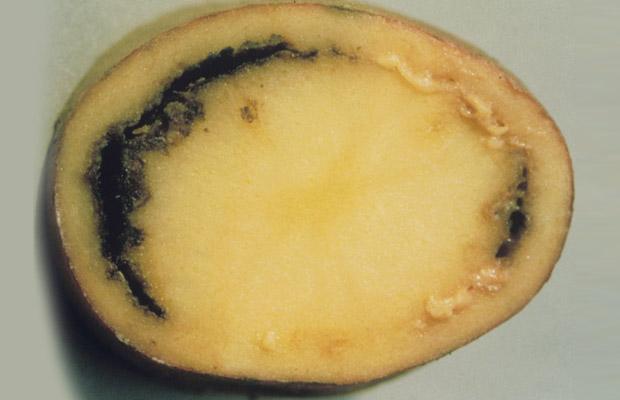
(Clavibacter michiganensis)
Ring rot of potatoes is caused by the bacterium Clavibacter michiganensis subsp. sepedonicus. Ring rot causes a vascular wilt in the above ground parts of the potato plant, with discolouration and loss of texture/consistency noted in infected tubers. Losses of up to 50% of the crop have been noted in severe infections.
Read more
3. Eight-toothed spruce bark beetle
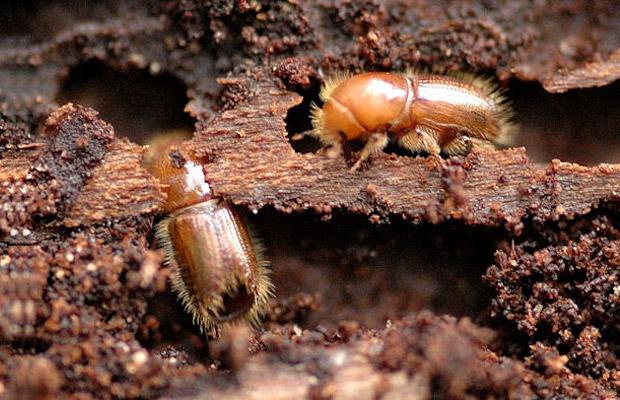
(Ips typographus)
Commonly known as Eight-toothed spruce bark beetle or the European spruce bark beetle, large spruce bark beetle and larger eight-toothed spruce bark beetle, is a serious and destructive pest of spruce tree species.
Read more
4. Ramorum leaf blight
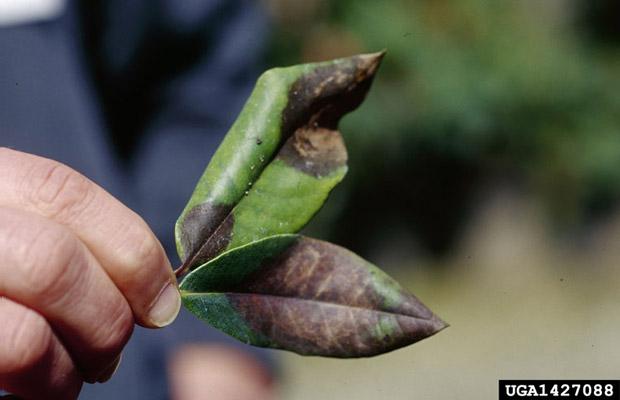
(Phytophthora ramorum)
A fungus-like pathogen which can attack a wide range of trees and other plants. It was confirmed for the first time in Northern Ireland in rhododendron plants in the nursery trade in late 2002. In August 2010 the first confirmation of the disease in Japanese larch was made in a plantation on the Antrim plateau.
Read more
5. Root knot nematode
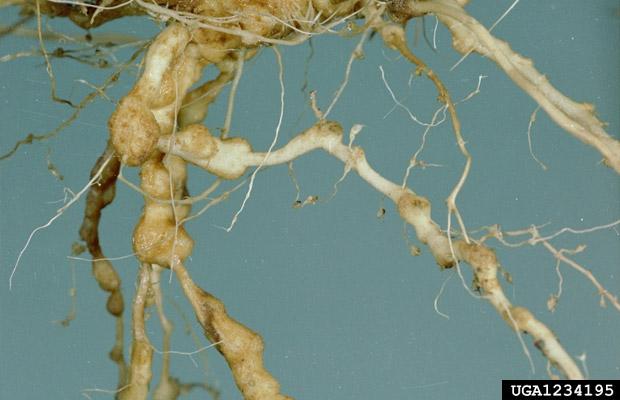
(Meloidogyne fallax)
A root knot nematode which invades and attacks the root systems of host plants. It causes yield losses and may also affect the quality of produce (e.g. skin blemishes on potato tubers, forking and blemishes on carrots). It is closely related to a number of other root knot nematode species including M. chitwoodi and M. minor.
6. Root knot nematode
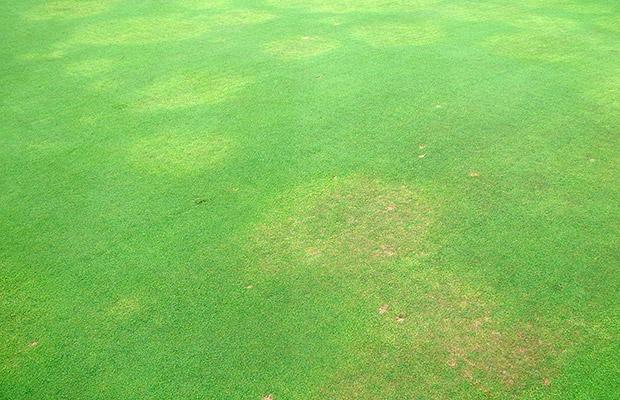
(Meloidoygyne minor)
A root knot nematode which invades and attacks the root systems of host plants. It causes yield losses and may also affect the quality of produce (e.g. skin blemishes on potato tubers, forking and blemishes on carrots).
Read more
7. Blackleg of potato
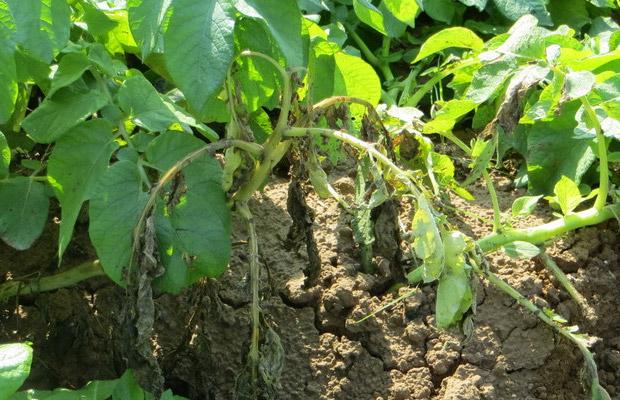
(Dickeya solani)
The bacterium causes a severe Blackleg like condition of potatoes. This is a relatively new pathogen, only being scientifically described in 2014. It can lead to up to 20% of seed potatoes being rejected in severely infected crops. Once established, Dickeya solani will rapidly displace other blackleg causing species and take over as the principal cause of wilting and blackleg-like symptoms in potato crops.
Read more
8. Ash dieback
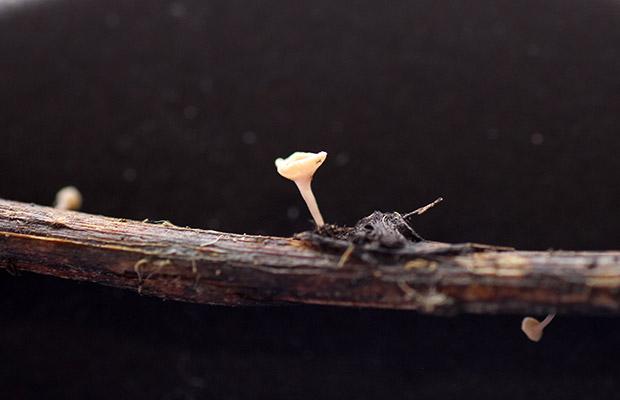
(Hymenoscyphus fraxineus)
Chalara causes leaf loss, crown dieback and bark lesions in affected trees. Once a tree is infected the disease is usually fatal. Chalara dieback of ash is especially destructive of common or European ash (Fraxinus excelsior), including its ‘Pendula’ ornamental variety. Narrow-leaved ash (Fraxinus angustifolia) is also susceptible, and both species have been affected in the UK.
Read more
9. Oak wilt
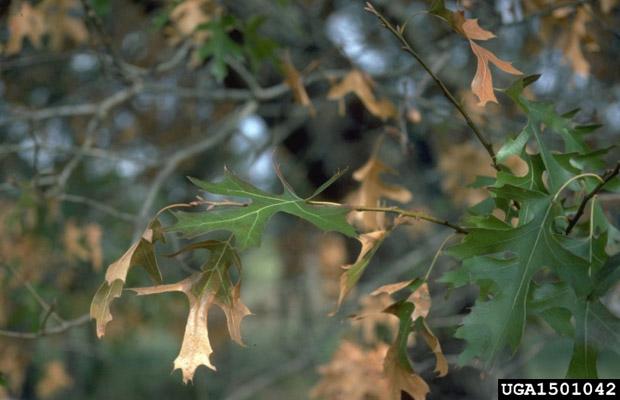
(Ceratocystis fagacearum)
A destructive fungus which causes wilt in oak trees in eastern and mid-western states of the United States. It has been called the most destructive tree disease in the USA and causes extensive damage.
Read more
10. Bronze birch borer
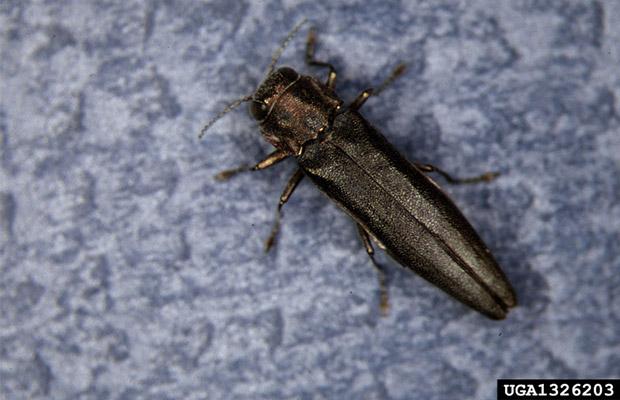
(Agrilus anxius)
The Bronze Birch Borer is a wood boring beetle of birch (Betula) trees. Its native range covers North America, where it survives in a wide range of ecological and climatic conditions. The Bronze Birch Beetle is a quarantine pest for the EU, and is listed on the EPPO A1 list of quarantine pests with potential to cause extensive damage if introduced.
Read more
